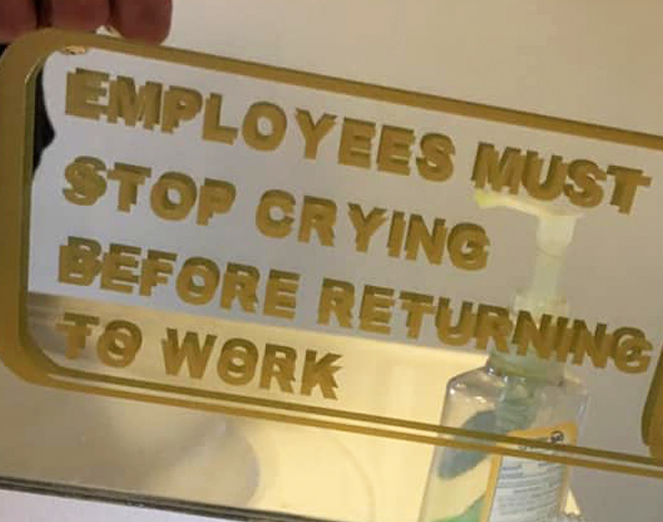

They likely streamed from some other Plex server in the past, and that’s why they’re getting the email. The email specifically states that if the server owner has a plex pass, you don’t need one.
I got the email earlier today and it couldn’t be clearer:
As a server owner, if you elect to upgrade to a Plex Pass, anyone with access to your server can continue streaming your server content remotely as part of your subscription benefits.









Yeah that’s about 2 and a half round-trips between Dallas and Houston, that’s…not a lot to be calling this thing ready to go and pulling out the safety drivers.
I wonder how these handle accidents, traffic stops, bad lane markings from road construction, mechanical failure, bad weather (heavy rain making it difficult/impossible to see lane markings), etc.
You’d think they would be keeping the safety drivers in place for at least 6+ months of regular long-haul drives and upwards of 100k miles to cover all bases.